How Culture Shapes Characters.
Let’s be real: when it comes to creating unforgettable characters, the magic often lies in the details—those little quirks, beliefs, and behaviors that make us feel like we’re peeking into someone’s real life. And what better way to add depth and authenticity than by diving into their cultural heritage? It’s like giving your characters roots that anchor them in a world of traditions, values, and history.
For the longest time, storytelling—especially in Hollywood and Western literature—focused on white, Western cultures. But as the 21st century unfolded and the call for diversity got louder (finally!), we’ve been treated to a treasure trove of characters and stories that celebrate a kaleidoscope of cultures. And honestly, it’s about time.
Let’s explore how cultural heritage plays a starring role in character development.
5 Ways Cultural Heritage Plays a Role in Character Development.[image error]#1 – Shaping Identity and Worldview.
Cultural heritage is like a pair of glasses through which characters see the world. It influences their choices, dreams, and even their arguments at family dinners.
For example, in Crazy Rich Asians , Rachel Chu’s American upbringing clashes spectacularly with Nick Young’s traditional Chinese-Singaporean family values. Her journey to understand Nick’s world—and her place in it—makes her character’s arc so much richer.
Plus, who didn’t love Eleanor Young’s (Michelle Yeoh’s) iconic mahjong showdown scene? Talk about cultural heritage driving a narrative moment!
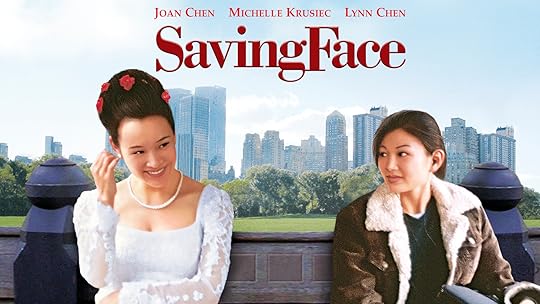 Another example is Saving Face, a heartwarming and hilarious rom-com about Wilhelmina (Wil) Pang, a young Chinese-American surgeon navigating love and family expectations. Wil’s struggle to come out to her traditional mother while maintaining her cultural ties adds layers of complexity and relatability to her character. It’s a beautiful (and funny!) reminder that cultural heritage can be both a source of conflict and connection.
Another example is Saving Face, a heartwarming and hilarious rom-com about Wilhelmina (Wil) Pang, a young Chinese-American surgeon navigating love and family expectations. Wil’s struggle to come out to her traditional mother while maintaining her cultural ties adds layers of complexity and relatability to her character. It’s a beautiful (and funny!) reminder that cultural heritage can be both a source of conflict and connection.
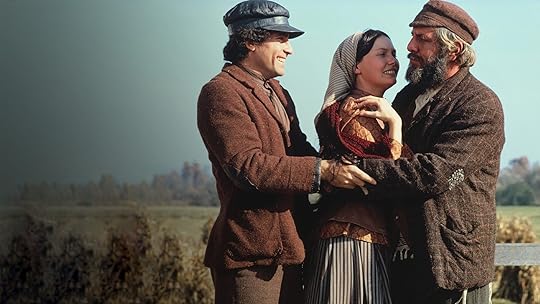 #2 – Exploring Conflict Through Heritage.
#2 – Exploring Conflict Through Heritage.
Speaking of conflict, cultural heritage is a goldmine for drama. Generational clashes, anyone? This isn’t a new trick—think of classic movies like Fiddler on the Roof, where Tevye’s daughters push against Jewish traditions in their quest for love, or Rebel Without a Cause, which pits Jim Stark against the rigid social expectations of his time. These stories show us that cultural conflict is timeless and endlessly compelling.
In more recent times, The Joy Luck Club by Amy Tan explores the tensions between immigrant mothers and their American-born daughters, who are constantly butting heads over values, traditions, and even who’s hosting dinner.
These conflicts aren’t just juicy plot points—they’re windows into how cultural heritage shapes identity and relationships. And let’s be real, who hasn’t had an argument with their parents over something as simple as “Why don’t you call your aunt more often?”
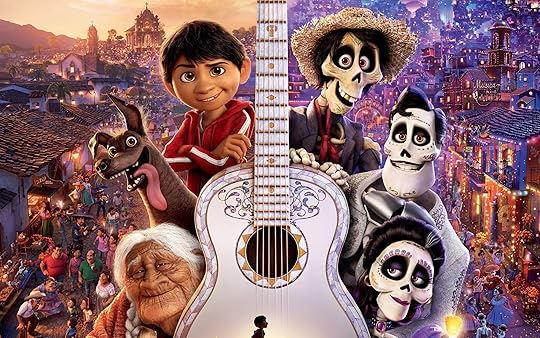 Pixar’s Coco takes this to another level. Miguel’s dream of becoming a musician hits a wall—a big, family-sized wall—when his relatives forbid music because of an old family wound. His journey through the Land of the Dead is not just about chasing his dreams; it’s about understanding and healing his family’s history.
Pixar’s Coco takes this to another level. Miguel’s dream of becoming a musician hits a wall—a big, family-sized wall—when his relatives forbid music because of an old family wound. His journey through the Land of the Dead is not just about chasing his dreams; it’s about understanding and healing his family’s history.
The movie’s celebration of Mexican culture—from its stunning portrayal of Día de los Muertos to its heartfelt exploration of family legacy—makes Miguel’s story universally relatable yet uniquely his own.
There’s no one-size-fits-all when it comes to character arcs, but most arcs fit into three broad categories. Let’s explore them, shall we?
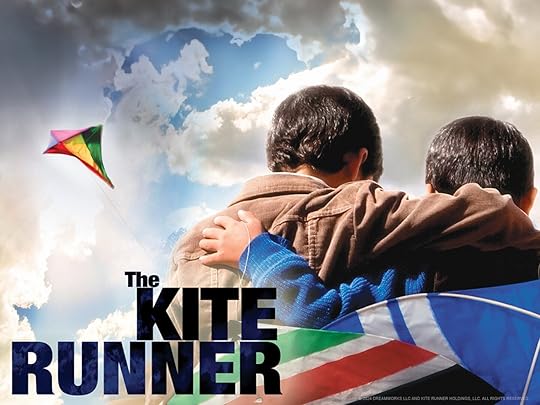 #3 – Adding Authenticity and Specificity.
#3 – Adding Authenticity and Specificity.
Let’s face it: a character without cultural heritage can feel a bit… generic. But when you ground a character in their cultural background, they come alive.
Take The Kite Runner by Khaled Hosseini. Amir and Hassan’s lives are steeped in Afghan culture, from kite-flying competitions to the social divides dictated by ethnicity and religion. These cultural elements don’t just set the scene; they define who these characters are and why they make the choices they do.
On-screen, Black Panther did something similar but on a massive scale. Wakanda’s culture—rooted in African traditions with a futuristic twist—isn’t just a backdrop; it’s the heartbeat of the story. T’Challa’s struggle between isolationism and global responsibility mirrors real-world debates within the African diaspora. And let’s not forget Shuri’s tech-savvy genius, which blends tradition with innovation. Wakanda forever, indeed!
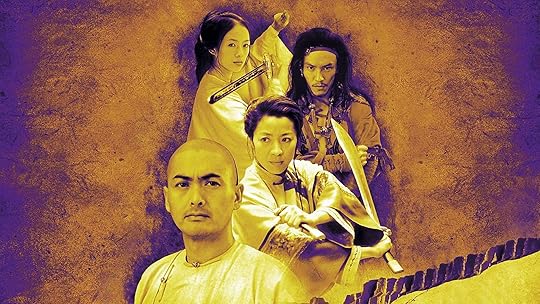 #4 – Highlighting Universal Themes.
#4 – Highlighting Universal Themes.
Cultural heritage doesn’t just make characters unique; it’s also a lens for exploring universal themes like love, loss, and belonging.
In Pachinko by Min Jin Lee, the multi-generational saga of a Korean family in Japan delves into themes of identity and resilience.
Sunja’s sacrifices and struggles are deeply tied to her cultural roots, making her journey both specific and universally resonant.
By the end, you’re left thinking about what it means to belong—to a family, a culture, or even a place.
Let’s not forget Crouching Tiger, Hidden Dragon. The film’s characters grapple with honor, love, and duty—all through the lens of Chinese cultural values. The breathtaking wuxia scenes are more than just visually stunning; they’re a poetic reflection of the characters’ internal conflicts. It’s a reminder that cultural heritage can be as much about philosophy and storytelling as it is about rituals and traditions.
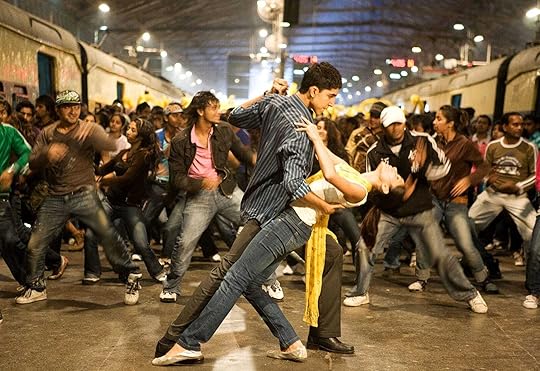 #5 – Fostering Empathy and Understanding.
#5 – Fostering Empathy and Understanding.
One of the best things about diverse stories is how they invite us to walk in someone else’s shoes. Cultural heritage helps us do just that.
In Slumdog Millionaire, Jamal’s life in the slums of Mumbai shapes everything about him—his resourcefulness, his morality, and even his answers on a game show. The film’s vibrant depiction of Indian culture immerses us in his world, fostering empathy for his struggles and admiration for his resilience.
Or take Minari, the tender story of a Korean-American family trying to build a life on a farm in Arkansas. The film’s exploration of cultural heritage—from the grandmother’s traditional remedies to the challenges of fitting into a new community—gives the characters depth and humanity. It’s a poignant reminder that cultural heritage is both a burden and a blessing.
Tips for Writers and Filmmakers.If you’re itching to infuse your characters with cultural heritage, here are some tips to keep it real (and awesome):
Research Like a Pro – Authenticity matters. If you’re exploring a culture that’s not your own, dive deep. Read books, watch films, and talk to people who know it firsthand.Let It Flow Naturally – Don’t make cultural heritage feel like a history lesson. Show it through everyday moments—a festival, a meal, a family tradition.
Ditch the Stereotypes – Cultures are rich and diverse. Avoid reducing them to clichés or tropes. Give your characters nuance and depth.
Use It for Conflict and Growth – How does your character’s heritage shape their struggles or relationships? Maybe they’re torn between tradition and ambition, or they’re learning to embrace their roots.
Celebrate the Specifics: The more specific your character’s cultural heritage, the more relatable they become. Details make all the difference.
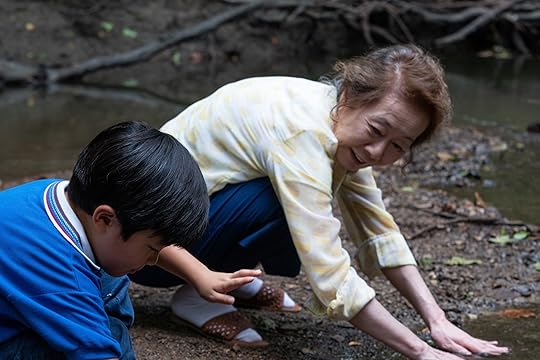 In Conclusion – Cultural heritage is more than just a backdrop—it’s a treasure trove of stories waiting to be told. From the glitz of Crazy Rich Asians to the heartfelt struggles in Minari, characters grounded in cultural heritage feel real, relatable, and unforgettable.
In Conclusion – Cultural heritage is more than just a backdrop—it’s a treasure trove of stories waiting to be told. From the glitz of Crazy Rich Asians to the heartfelt struggles in Minari, characters grounded in cultural heritage feel real, relatable, and unforgettable.
Plus, these stories remind us that while we all come from different places, the themes of love, identity, and belonging connect us all.
So, the next time you’re crafting a character, ask yourself: What’s their story? What traditions, values, or histories shape their world? Chances are, those answers will lead you to a tale that not only entertains but also inspires.
Now it’s YOUR turn – What’s your favourite cultural heritage story?
Would love to get your input in the comment box below.
The post How Culture Shapes Characters. appeared first on Vered Neta.



